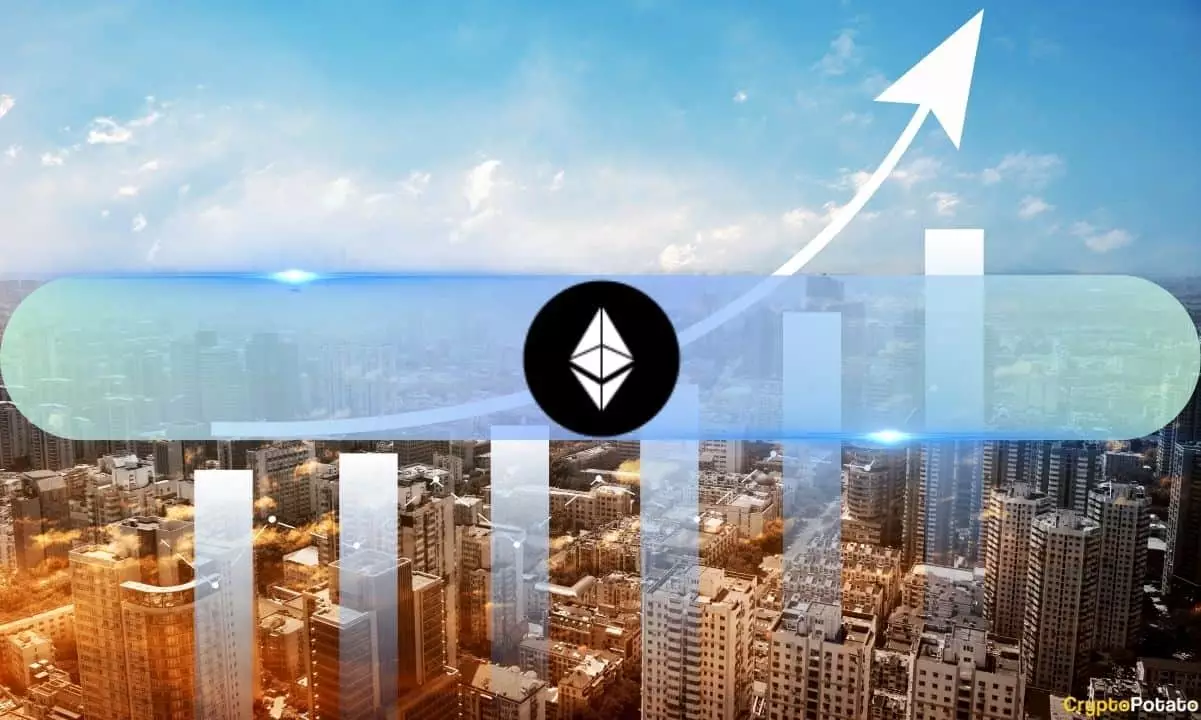In the rapidly evolving landscape of cryptocurrency, Ethereum (ETH) has emerged as a cornerstone, significantly influencing various sectors within the digital asset ecosystem. A recent report from Coinshares, published on September 24, sheds light on the defining components of Ethereum’s current role and anticipated future developments. The analysis identifies two primary pillars propelling Ethereum: marketplaces and stablecoins. Yet, the report intriguingly poses a critical question—what lies ahead for Ethereum as a platform for innovative applications? This article delves into the key findings of the report while providing context and insight into Ethereum’s role and prospects.
Ethereum’s reputation as the leading environment for decentralized applications has been largely attributed to its thriving marketplace. Central to this is the rise of decentralized exchanges (DEXs) and Non-Fungible Tokens (NFTs). These platforms have solidified Ethereum’s status as the preferred blockchain for tokenized assets. Uniswap, one of the most notable DEXs, accounted for a staggering 15% of transaction fees on the Ethereum network in the first half of 2024. This figure exemplifies how Ethereum’s infrastructure plays a crucial role in facilitating trading and liquidity.
Moreover, NFT marketplaces such as OpenSea, despite experiencing a decline from their peak, continue to play a vital role in Ethereum’s ecosystem. From reaching a massive $572 million in transaction fees during the first half of 2022, OpenSea has witnessed a contraction, highlighting the volatile nature of the NFT sector. Still, the remnants of its impact remain, representing not only creators and collectors but also Ethereum’s capacity to serve as a foundational layer for innovative financial products.
The second pillar of Ethereum’s significance is its integral role in the stablecoin market. Over $135 billion worth of stablecoins flow through the Ethereum blockchain, with Tether (USDT) and USD Coin (USDC) leading the pack. These digital currencies play an essential role in maintaining a direct link to fiat money while simultaneously enhancing liquidity in decentralized finance (DeFi) platforms.
The robust demand for stablecoins illustrates how Ethereum serves as a critical infrastructure for seamless cross-border transactions, elevating it beyond traditional financial systems. However, the reliance on the Ethereum network also raises concerns about its scalability and transaction costs when faced with surging demand—issues that are at the forefront of discussions among developers and analysts alike.
Despite these strong foundations, the Coinshares report articulates a sense of uncertainty about future developments on Ethereum. While the network’s recent upgrades—like its transition to Proof-of-Stake (PoS) and advancements in Layer 2 (L2) scaling solutions—have positioned it favorably, the pipeline for new decentralized applications (dApps) remains murky. Analysts caution that while the potential for Ethereum’s expansion into enterprise solutions, gaming, and metaverse innovations is evident, achieving real-world application is paramount.
James Butterfill, head of research at CoinShares, succinctly highlighted that the underlying value of ETH is largely determined by the demand for transactions on the platform rather than staking yields. This perspective emphasizes the necessity for Ethereum to cultivate “sustainable on-chain utility.” Merely relying on current applications will not suffice; the network must inspire a wave of innovative thinking that transcends transactional needs to establish long-term sustainability.
Ethereum is at a crossroads, firmly grounded by its dominant role in decentralized exchanges and stablecoin transactions. Yet, the future remains uncertain as the blockchain faces the challenge of fostering new applications that can effectively leverage its capabilities. As Ethereum continues to navigate this complex environment, attracting developers and capitalizing on emerging trends like enterprise adoption and gaming will be crucial in shaping its trajectory. Ultimately, the question isn’t just about maintaining its current stature, but also about redefining what is possible in the world of blockchain technology, ensuring it remains not just relevant, but indispensable in the ever-evolving digital landscape.















Leave a Reply